Introduction to Sedum and Seasonal Changes
When you first lay eyes on a sedum, it’s like catching a glimpse of a vibrant, living tapestry. These hardy succulents, often known as ‘stonecrops,’ boast an impressive array of forms and textures that can spruce up any garden. Their fleshy leaves are a playground of color, dabbling in green, yellow, and even purple hues. But it’s when they pull on their scarlet dresses, cascading shades of red across their normally cool-toned foliage, that the real mystery unfurls. Why is my sedum turning red, you wonder? Let’s delve into the botanical intrigue that lies beneath this chromatic shift.
Seasons sweep across the land, ushering in temperature changes, varied sunlight patterns, and moisture levels that march to the beat of the earth’s rotation. Sedum plants, with their ever-watchful leaves, tune into nature’s rhythm summoning hues of red as their response to the seasonal drumbeat. During the cooler days, which herald the approach of autumn, sedum plants read the chill in the air as their cue to initiate a stunning transformation. Much like trees shedding their green for fall’s fiery palette, sedum dons a reddish hue as a sign of the changing times.
Imagine a sedum, cozily nestled among the rocks, as if whispering secrets of survival to its stone cousins. It flourishes in well-drained soil, basking in the sun’s embrace, a little reminder of nature’s resilience. The redness is not merely for show; it’s a botanical adjustment, a kind of sunscreen crafted by nature herself to protect the plant from cooler temps and stronger solar flares in the fall. Even more than that, this reddening can be an indicator of optimal health and vitality—nature’s own way of giving a lush, verdant thumbs-up.
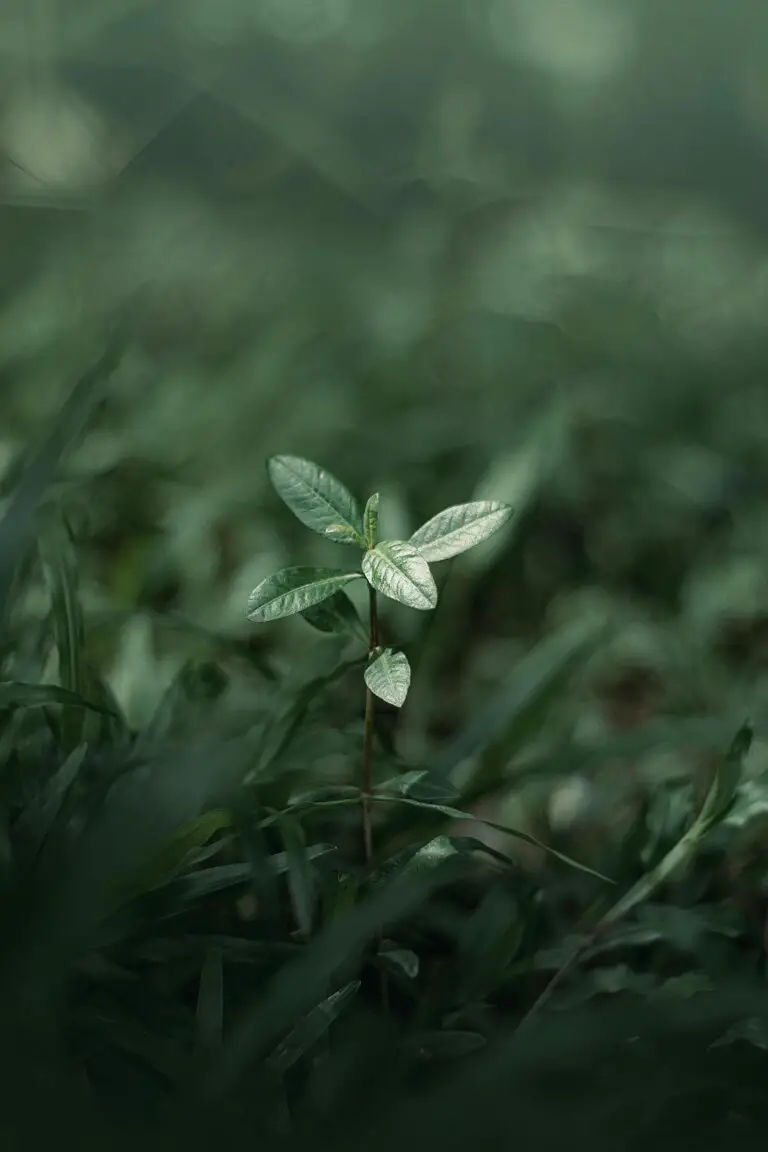
The sedum’s ability to change color in response to the season isn’t just a visual treat; it’s a testament to their evolutionary mastery. Those seeking to ensure their sedum thrives can glean valuable insights from this plant’s behavior. Curious about other ways to keep your sedum bursting with vitality? Take a glance at Seasonal Care Tips that could transform the way you tend to these succulent spectacles.
But the plot thickens beyond the science of it all. Imagine a neighborhood boasting sedum-lined walkways, each plant a living barometer of the patterns shifting in the sky above. It’s a natural dance of colors that we’re all invited to witness—simply keep your eyes on the sedum, and they’ll paint you a picture of the unseen forces that rule the skies and the earth.
The Science Behind Sedum’s Red Leaves
Ever noticed your sedum’s leaves blush a ruddy hue and wondered about the change? It’s not just a seasonal wardrobe switch-up; it’s a physiological reaction deeply rooted in the plant’s chemistry. So, what’s the catalyst behind this crimson transformation? Let’s delve into the world of chlorophyll, anthocyanins, and sedum’s savvy survival strategies.
At the heart of the matter is chlorophyll, the pigment that gives plants their signature green color and plays a critical role in photosynthesis. However, when temperatures dip or drought looms, sedum plants adapt by dialing down chlorophyll production. This reduction unveils the hidden hues of other pigments, particularly anthocyanins, which can manifest as red, purple, or even blue tints. These colorful molecules do more than just dazzle; they protect the plant’s cells from stressors like UV light, pests, and extreme temperatures. It’s akin to sedum donning a pair of sunglasses – a stylish defense mechanism!
Anthocyanins have their own leafy agenda. They’re thought to deter herbivores with their bitter taste and can attract pollinators when flowers aren’t in session. And beyond being pretty, these pigments are like plant antifreeze, shielding cells from cold damage by tackling free radicals and bolstering cell walls. Imagine your sedum suitably snug in its red winter coat, and you’re on the right track.
Real-life examples of sedum’s brilliant strategy aren’t hard to find. Picture the brilliant red rosettes of Sedum rubrotinctum, especially dazzling in cooler weather, showcasing an impressive adaptation to its environment. Or envision a rock garden where Sedum spurium ‘Dragon’s Blood’ transitions to a fiery foliage as the days grow short. It’s a masterful display of nature’s ability to pivot for protection and aesthetic appeal.
Curious about more ways to ensure your sedums thrive? Check out our comprehensive guide on sedum care where we share expert tips and tricks for keeping your succulents happy and healthy year-round.
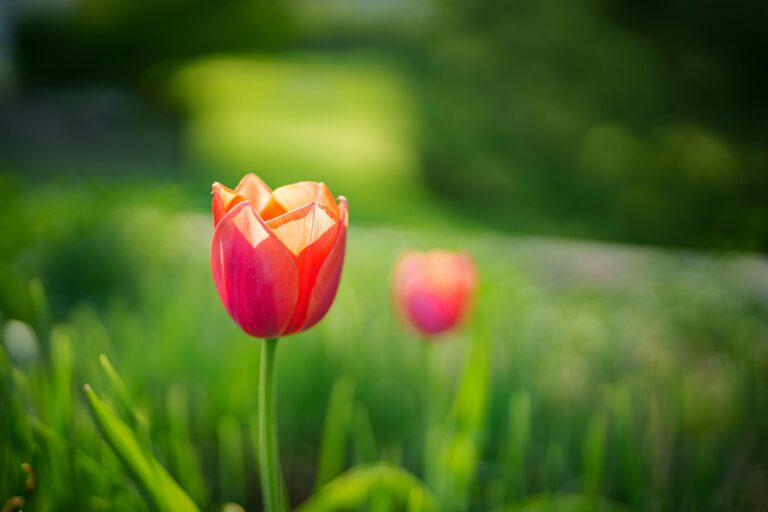
Common Stress Factors Leading to Color Change
Have you ever wondered why your usually green sedum is undergoing a dramatic transformation, donning a scarlet cloak as the seasons change? The reason behind your sedum’s red attire is often due to stress, and not the kind that requires a spa day. Let’s dive into the common culprits that cause your garden sensation to switch shades.
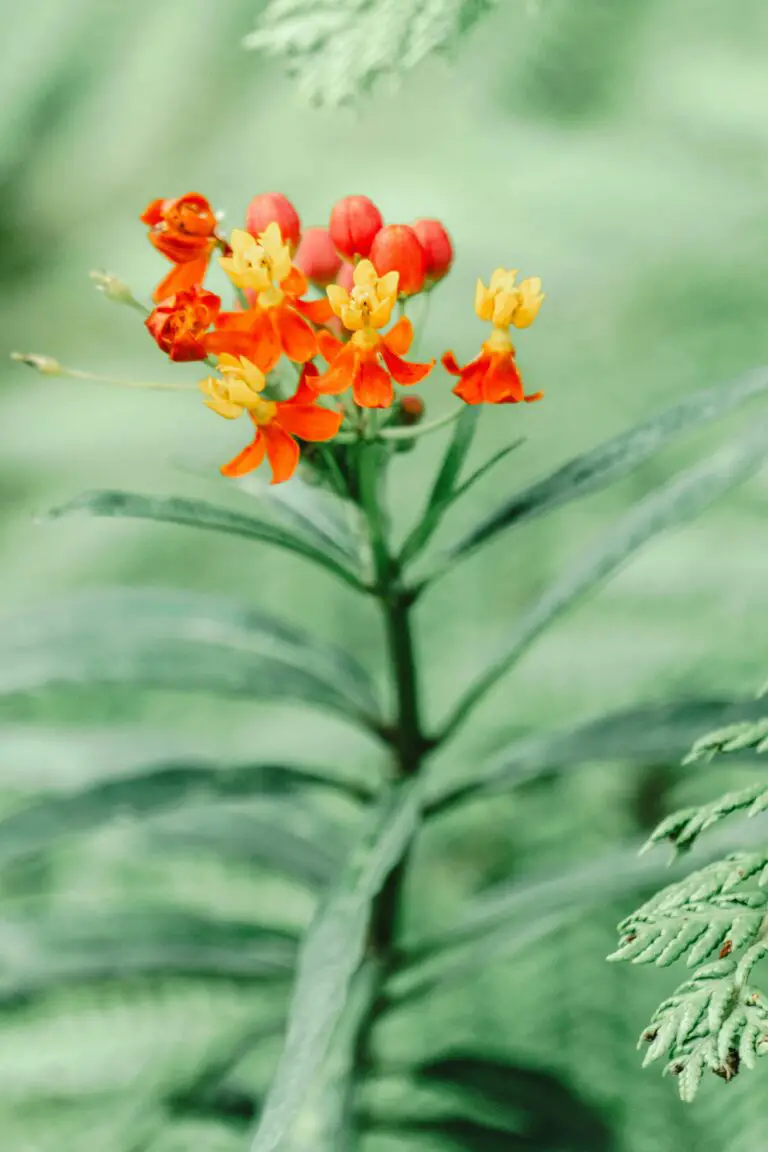
Temperature Tantrums: Sedum’s Thermal Response
Just as humans might blush when the thermometer climbs, sedum plants can react to temperature fluctuations. During a sultry summer, these succulents can turn a passionate red, a sign that they’re feeling the heat. Conversely, a chilly snap can also provoke a ruddy reaction. This temperature-induced redness is not mere plant pique; it’s a survival mechanism, helping the sedum to reduce water loss and shield itself from harsh conditions.
Light Exposure: A Shady Influence on Sedum Shades
Another factor that can prompt your sedum to shift its color palette is light exposure. Sedum thrives with a kiss of sunlight, but too much can lead to a sunburnt spectacle, leaving the leaves blushing red. It’s a botanical warning sign — the plant’s version of sunscreen, ramping up pigments to protect its leafy layers. On the flipside, if your sedum is slumbering in the shadows, it may also develop red hues as it reaches longingly for the light.
Understanding the triggers of sedum’s color change can make you a more informed and empathetic garden guru. By paying attention to the nuances of temperature and light, you’ll ensure that when your sedum turns red, it’s merely flaunting fashion, not flashing a distress signal.
Sunlight Exposure: Friend or Foe to Sedum?
Imagine spotting a sedum’s leaves as they paint themselves with red splashes, almost as if they’re blushing in the sunlight. One might wonder, “why is my sedum turning red?” The answer lies in its love affair with the sun. Just like humans might tan or burn in the sun’s embrace, sedums reveal their colorful personalities, responding uniquely to the beams that grace their foliage.
Let’s bask in the glow of understanding and explore how sunlight touches these plants. Sedums, with their plump leaves full of juicy secrets, thrive under the sun’s gaze. But it’s the amount and intensity of sunlight that choreographs the color show. When bathed in full sunlight, sedum leaves can don a crimson coat, their vibrant red hues serving as a sunscreen of sorts, protecting the plant’s delicate inner workings from harmful UV rays. It’s their version of slathering on SPF, if you will.
Conversely, when nestled in the cozy cradle of partial shade, sedums don’t feel the need to dress up in red. Instead, they might maintain more sedate, green tones – a sign of their contentment in milder lighting conditions. However, overly protective shade can lead to a paling of passion, a loss of red pigment that suggests a yearning for more of the sun’s affection. For sedum enthusiasts, striking that delicate balance between sun-kissed and sun-bathed becomes the crucible of cultivation.
It’s worth noting that while full sun can amplify a sedum’s hue to fiery tones, it can also be a harsh master. Too much direct sunlight can lead to sunburnt leaves that crisp at the edges, suggesting that moderation is key. Imagine the pain of a summer sunburn, but for a plant – no aloe vera can soothe those scorched leaves!
So, what’s the take-home message for green-fingered gardeners? It’s simple: observe and adjust. Watch how your sedum responds to the sunlight it receives and tailor its exposure accordingly. Find that sunny sweet spot, and the sedum will thank you by donning its most dazzling colors – a stunning solar-powered wardrobe change that shifts with the sky’s whims.
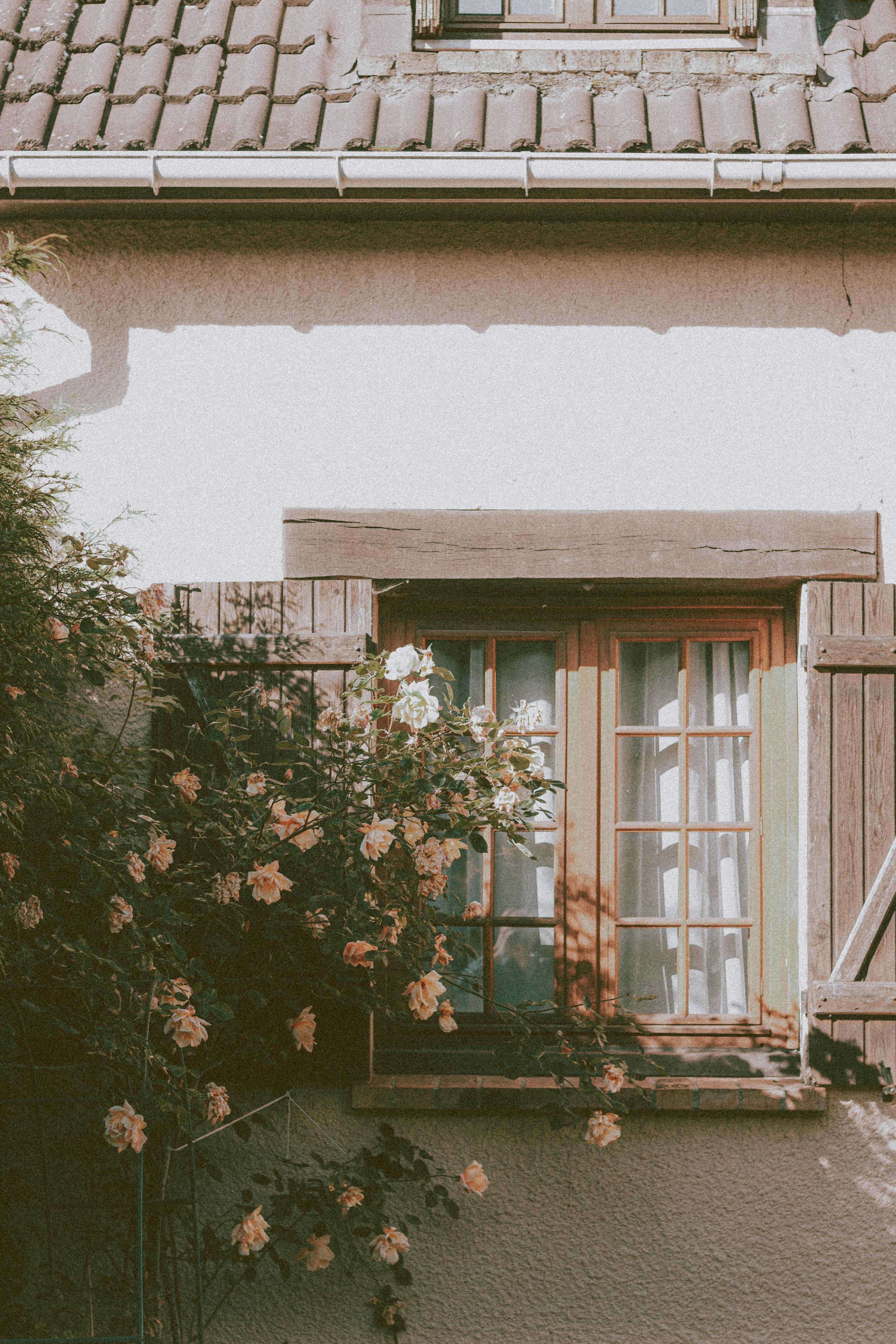
The Importance of Proper Watering Techniques
Keeping your sedum plants vibrant and healthy can sometimes feel like a puzzle, especially when their leaves begin to don a crimson cloak unexpectedly. While a sedum turning red can be a sign of stress, it’s not necessarily a reason to panic. Much of the time, the key to restoring the rich greens lies in mastering proper watering techniques. Over or under-watering can send your sedums into a stress-induced color change, so it’s crucial to strike just the right balance.
Imagine you’re planning a dinner for friends – too much salt and the meal is ruined, too little, and it’s bland. Watering your sedums is similar; they need just enough to quench their thirst without drowning them. Sedums are not just another plant; they’re like the camels of the plant world, storing water in their succulent leaves for the dry days ahead. To help your sedum thrive, only water when the soil has gone dry; this will encourage strong root growth and prevent the roots from rotting.
It’s also helpful to visualize what’s happening beneath the soil. When you water correctly, roots reach down deep into the earth, creating a stable and robust foundation for the plant. But when watered too frequently, the roots don’t need to stretch far, resulting in a weaker plant that’s more likely to display red or stressed leaves. Picture your sedum’s roots like a tree’s, seeking water deep underground, and you’ll get an idea of how to water effectively.
But how can you tell if you’re doing it right? One way to learn is by watching others. Let’s take a peek at this video that dives into the intricacies of watering sedum plants.
But there’s more to it than just watering frequency. The type of water you use can also affect your sedum’s health. If you’re using hard water, it can lead to mineral buildup in the soil, which can interfere with your plant’s ability to absorb nutrients. Collecting rainwater or using filtered water can make a significant difference.
Don’t forget the seasonal shifts as well. Sedum plants need less water during the winter months when they’re dormant. It’s a bit like how you wouldn’t fill up on a heavy meal before bed; your sedums don’t need a lot of water when they’re in their rest period.
If you’re looking for more guidance on how to navigate the succulent waters, our Crassula Watering Wisdom provides a detailed walkthrough on watering these desert marvels.
Soil Conditions and Their Impact on Sedum
Ever noticed a sedum that’s taken on a reddish tinge, as if it’s blushing at the very soil it’s planted in? It’s not just your imagination; soil is a big influencer in the world of plant pigmentation, especially for our versatile friend, the sedum. Let’s dig a little deeper – pun intended – and unearth the mystery behind why soil conditions can send your sedum down a rosy path.
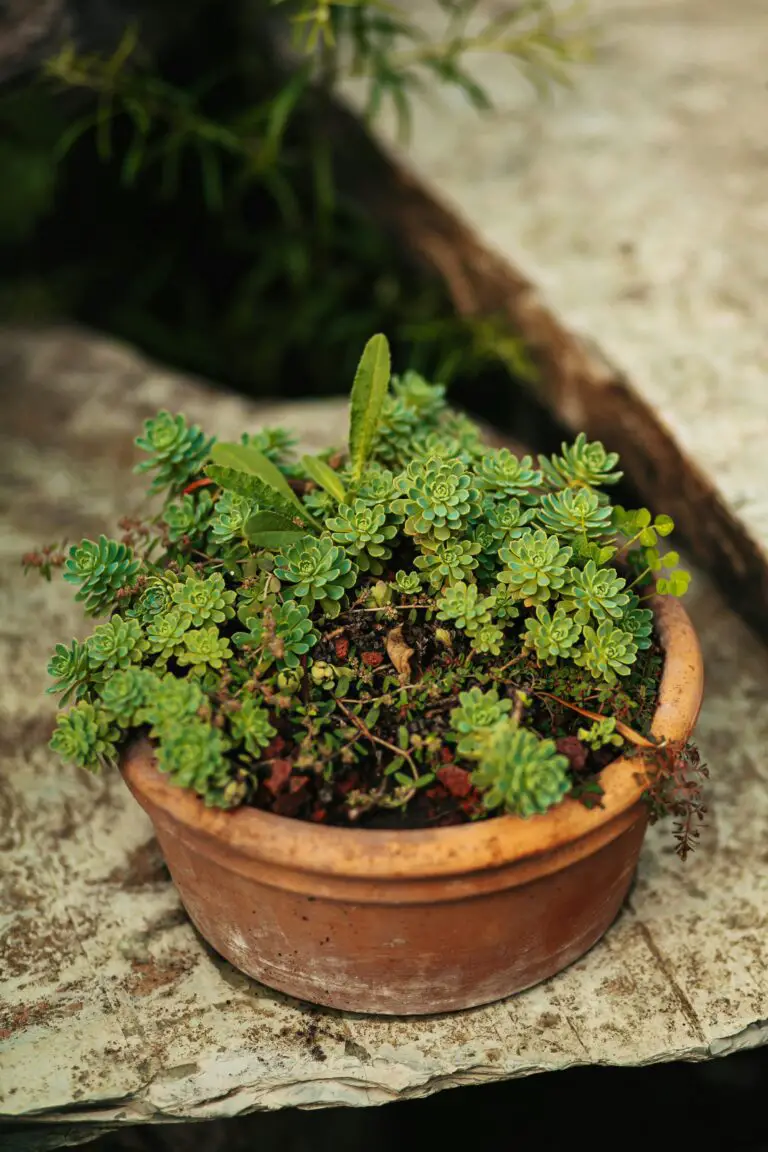
First off, it’s crucial to recognize that sedum is like a sponge: it soaks up whatever is in its environment, and that includes the characteristics of the soil. The type of soil is the bedrock here. Sandy soils are loose and airy, allowing water and air to give sedum’s roots a breathable space. On the flip side, clay soils might hold onto water with a vice grip, leading to wet feet that sedums certainly don’t fancy. It’s the Goldilocks principle of soils: your sedum desires the ‘just right’ balance for optimal health.
The pH level is another game-changer. Believe it or not, sedum reads the pH like a mood ring. Acidic soils may turn sedum a grim ashen shade, while alkaline environments can prompt a more reddish hue as a stress response. It’s like a traffic light; the right pH level keeps the sedum growing steady, but the wrong one might prompt it to signal a colorful SOS!
And don’t overlook drainage – it’s the unsung hero of soil conditions. Think of root rot as the plant equivalent of athlete’s foot. It’s not pretty and certainly something sedums want to avoid. Proper drainage helps keep the roots dry enough to evade rot but moist enough to stay hydrated. It’s a delicate balance that, if disrupted, could see your sedum flaunting a reddish tone as a sign of distress.
Now, consider your own back garden. Is it home to a sedum that’s taken on a seasonal rouge? Take a moment to ponder the lay of the land – and possibly consider a quick soil test. It could be the first step in restoring your sedum to its natural green glory, minus the red-faced embarrassment of a plant in distress.
Nutrient Supply: Ensuring Sedum’s Vibrant Health
Ever wondered why your resilient sedum is sporting hues of red instead of its usual green? Much like the human body, your sedum needs a cocktail of nutrients to show off its lush, vibrant self. Let’s take a deep dive into what keeps your sedum robust and what ticks it off the green zone.
Sedum, a hardy, drought-tolerant plant famed for its forgiving nature, has its quirks too. Nitrogen, phosphorous, and potassium – the ‘big three’ of the plant nutrition world – are crucial for the sedum’s growth and color vibrancy. Nitrogen keeps it in the green, fostering leaf and stem development. When neglected, sedum may send an S.O.S in shades of red, indicating it’s starving for attention, particularly nitrogen love.
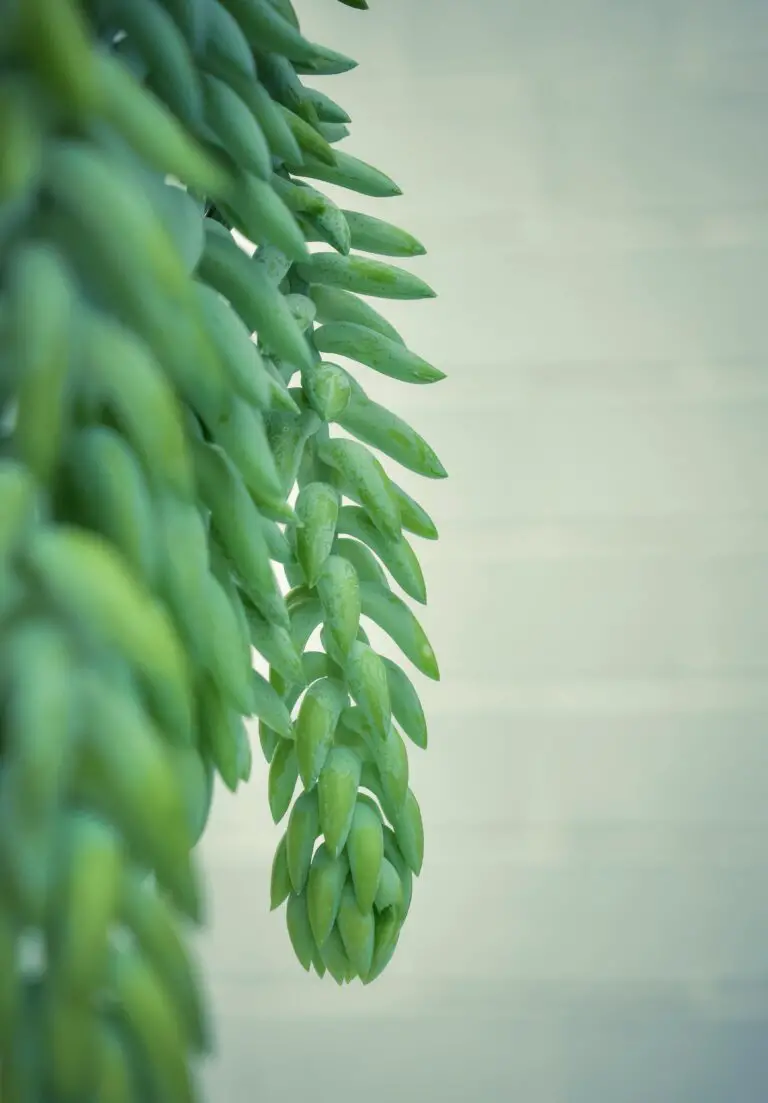
Magnesium plays a maestro’s role too, orchestrating photosynthesis by aiding chlorophyll creation, which gives plants their green attire. Sedum’s red alert could also hint at a magnesium deficit. Over here, your plant isn’t being dramatic; it’s simply showcasing its misery through a color swap. And let’s not forget calcium, the unsung hero that supports cellular structure and growth, ensuring that your sedum stands tall and doesn’t slouch in despair.
Iron is another key element; without it, sedum can suffer from iron chlorosis, a condition where leaves can’t synthesize chlorophyll and start to redden or yellow. Trace elements like manganese, copper, and zinc, although needed in smaller doses, are just as crucial for balanced growth and maintaining the sedum’s green glamour.
Now, imagine you’ve welcomed a sedum into your urban jungle, and it’s turning red despite your best balcony farming efforts. Before you dial the plant ER, consider this: could it be a simple case of nutrient deficiency? Adjusting your fertilizer game can often help your sedum revert to its emerald elegance. A balanced feed formulated for sedum might just be the magic potion your chlorophyll friend needs to ditch the red attire.
Remember, sedum’s reddening can be a cry for nourishment. A close examination of nutrient supply and a careful balance of the essential elements can often lead you to restoring your plant’s verdant charm and putting the mystery of the reddening sedum to rest!
Preventing Red Leaves Through Seasonal Care
Gardeners, brace yourselves! The quest for the evergreen sedum might take a little work, but it’s not out of reach. If your sedum’s leaves are turning the color of a sunset when you’re longing for lush green, fear not. We’re diving into how the changing seasons beckon for a tweak in care to keep your sedum vibrantly verdant.
Spring into Action: Unleashing the Green
When spring whispers its return with warmer days and bright new growth, it’s prime time to nurse your sedum back to green glory. Like a bear waking from hibernation, your sedum is yearning to stretch out with ample sunlight and a touch of water. Hold the fertilizer though; these hardy plants are all about tough love. Too much pampering with nutrients is like giving candy to a baby – totally unnecessary and likely to cause a red-faced tantrum, or in this case, red leaves!
Visual learner? This video might just be the companion you need:
Summer’s Sizzle: Avoiding the Reddening Rays
As the mercury soars, your sedum can start to show signs of stress, with leaves blushing more than a bride on her wedding day. The fix? Position your potted pals in a spot where they can bask in the morning light but dodge the harshest midday sun. If your sedum’s in the ground, consider giving it a parasol of perennial company to filter those scorching beams.
Autumn Adjustments: Balancing the Drop
When the crisp bite of autumn air returns, so does the need for a delicate dance of water and temperature. Remember, your sedum’s not as thirsty now that the sun’s taking a bit of a break. Water sparingly, allowing the soil to dry out between drinks, preventing those leaves from turning to the dark (or red) side. Think of it as offering a warm cup of tea rather than a full-blown firehose blast.
Winter Wisdom: Cozy Care for Chilly Seasons
Now, the winter chill sets a different stage altogether. If Jack Frost is nipping at your garden, it’s essential to shield your sedum with a cover-up routine – a mulch blanket can be just the snuggle buddy it needs. Watering’s a minimal affair during the cold months, but don’t leave your plant high and dry; a sip here and there keeps the red at bay, maintaining that cool, calm complexion we’re rooting for.
Remember, gardeners, with a bit of seasonal insight and these timely tips, your sedum’s leaves will stay more ‘evergreen’ and less like they’ve fallen in love with the sun. Keep it cool, keep it dry, and keep watching for those vibrant greens to stay.
When Red Is Right: Appreciating Natural Beauty
Imagine the lush greenery of a garden, now picture a pop of crimson amidst the sea of green—yes, that’s your sedum stealing the show! But why is my sedum turning red, you ask? It’s not always a red flag; sometimes, it’s just Mother Nature’s palette at play. Sedums, with their succulent leaves and starry flowers, often embrace a red hue as part of their charm, especially when the temperatures dip or as they bask in the full glory of the sun.
This reddening isn’t merely a cause for alarm—it may be the sedum’s natural response to seasonal changes, just like trees putting on an autumnal pageant of golds and reds. But it’s not just a fall spectacle; sedums can also show off their red attire in response to a bright, sunny spot in your garden. In fact, some varieties of sedum are selectively bred to amplify this fiery feature, a real treat for gardeners who love a dash of drama.
Consider the ‘Autumn Joy’ sedum, for instance, which transitions from a cool green to a warm, inviting russet as the days shorten. Or the ‘Dragon’s Blood’ sedum, naturally garbed in a red so rich, it seems straight out of a fantasy novel. These shifts in shades are the plants’ way of adapting to their surroundings, a testament to their resilience and versatility. And let’s be honest, who can resist the allure of a garden that’s alive with color? It’s not just green thumbs that appreciate this transformation—everyone does!
So, when you spot that red blush on your sedum, take a moment to admire its natural beauty. It might just be reveling in the perfect amount of sunlight, or it’s gearing up for a seasonal show. The red isn’t always a cry for help, sometimes it’s a sedum’s way of saying, “Look at me, thriving!”
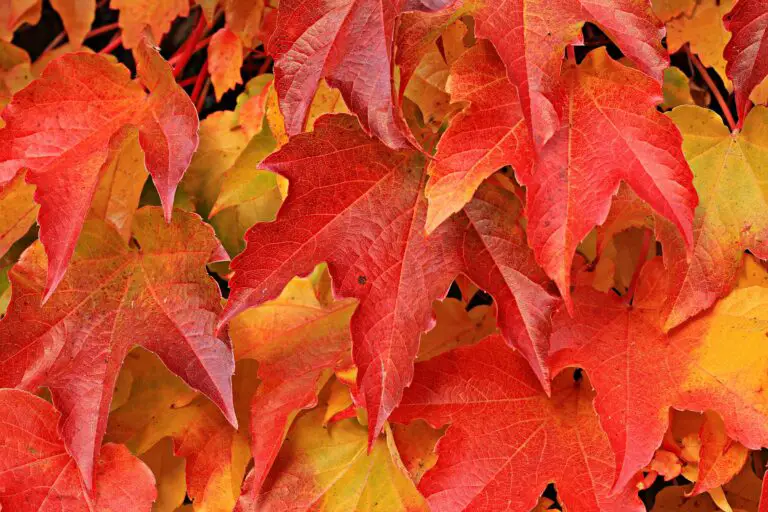
Frequently Asked Questions
Have you ever gazed upon your sedum and wondered, “Why is my sedum turning red?” You’re not alone! This fiery transformation sparks curiosity among many succulent enthusiasts. Let’s dive into the common queries surrounding this colorful conundrum.
Is it natural for sedum to turn red?
Absolutely! Sedum plants can blush with red pigmentation as a response to various environmental stimuli. It’s like their way of getting a suntan – too much sun exposure or a slight chill in the air, and voila! You have red-hued succulents adding drama to your garden.
What causes the reddening of sedum leaves?
Consider the red a sedum’s stress indicator. They’re sturdy plants, but when they’re under environmental stress, like intense sunlight, cold temperatures, or water scarcity, they pull out their red alert. It’s like they’re blushing with effort as they adapt to maintain their health.
Can I prevent my sedum from turning red?
Craving the classic green? To keep those sedum shades more Hulk than Iron Man, provide a balance of sunlight and shade. Think of it like applying sunscreen – protect them from midday sun mayhem. Ensure they’re hydrated but not waterlogged – it’s a fine line between a thirst-quench and a root rot recipe.
Does the red coloration affect the health of my sedum?
Redder doesn’t always mean deader. While sedum’s red might signal stress, it doesn’t spell doom. These plants are the Olympians of the succulent world; they tough it out. However, if Red October lasts year-round, reassess your care strategy to avoid long-term stress effects.
For a visual guide on keeping your sedum in top form, check out this handy video:
Remember, understanding your sedum’s red signs is key to ensuring its vibrant vitality. Keep an eye on those leafy hues to decode your plant’s health – and don’t hesitate to adapt your approach for a luscious, green living sculpture in your space!


